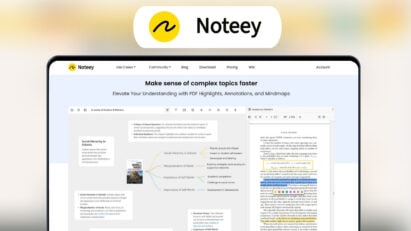AI WordPress Snippet Generator:
Leverage artificial intelligence to write complex WordPress code in seconds.
Generate WordPress code snippets for your website with just a few clicks using artificial intelligence (AI).
Whether you’re looking to create a custom plugin, customize your theme, or add functionality to your WordPress website, our AI-powered snippet generator can help you do it quickly and easily.
Unlike traditional code generators, our AI WordPress snippet generator uses machine learning algorithms to analyze your needs and generate code snippets that are tailored to your specific project.
Theme & Plugin Boilerplate Generator:
Combine WPTurbo generators, AI snippets, and your personal WordPress snippets library to craft custom themes and plugins.
Tired of starting every WordPress theme or plugin development project from scratch? A boilerplate can save you time and effort by creating a starting point for any custom work.
Each boilerplate includes a basic file structure, linked generators and custom snippets. This means you can get started with your development work faster and more efficiently, without having to worry about repetitive and time-consuming tasks.
Simply input your requirements, such as desired functionality, and the generator will create a tailored starting point ready to download in zip format.
This feature is coming soon.
FAQs:
Q: How to use WPTurbo generators?
A: Once you choose a generator, fill the fields on each tab to configure the expected behaviour. Then, click on the Update code button to get the generated snippet. Finally, copy/paste or download the code for your project.
Q: Where to put generated snippets?
A: It depends. Some generators are theme related and other are plugin related. Also, if you want to customize a WordPress theme that could be updated by its author, consider to create a child theme in order to don’t loose any customization.
Q: What are generator settings?
A: WPTurbo generator settings are fields that define some data used by all generators. It includes Function Name Prefix, Text Domain, Author Name, Author URL, Child Theme Support, CSS Class Prefix and CSS ID Prefix.
By setting these values, you won’t have to do it manually, so you will save a lot of time.
















